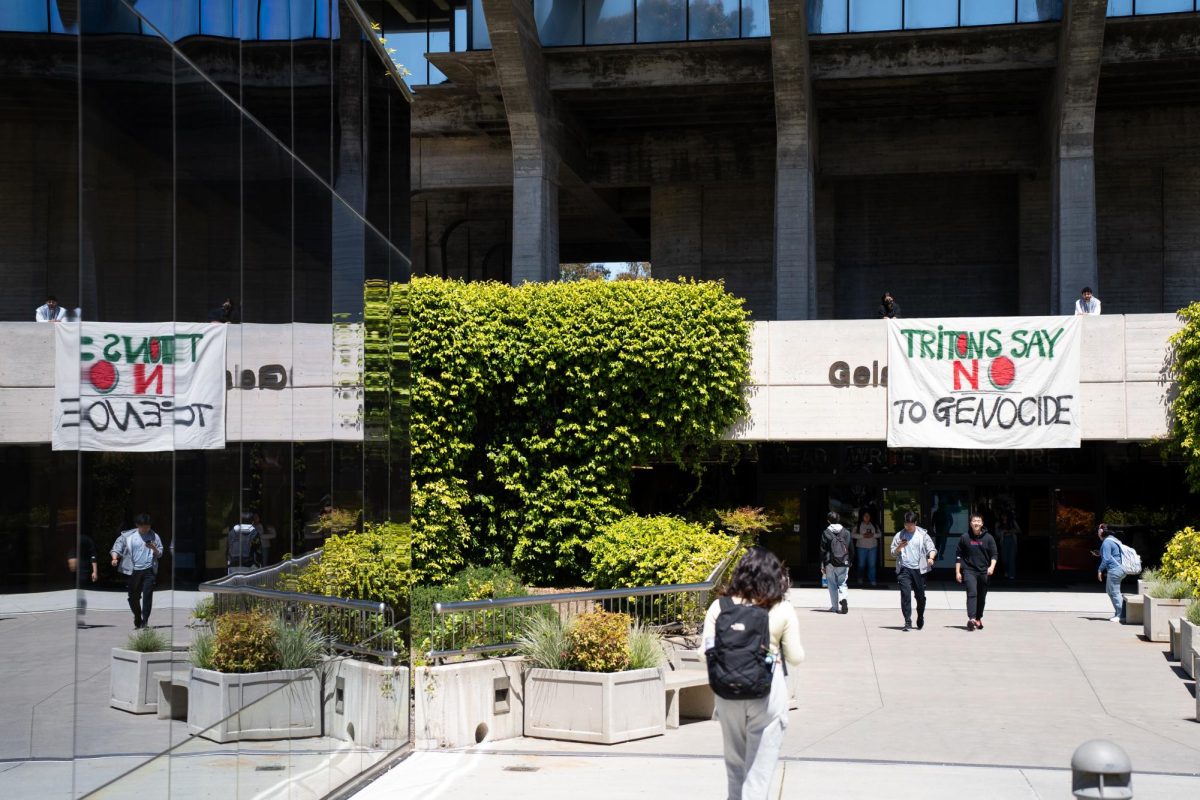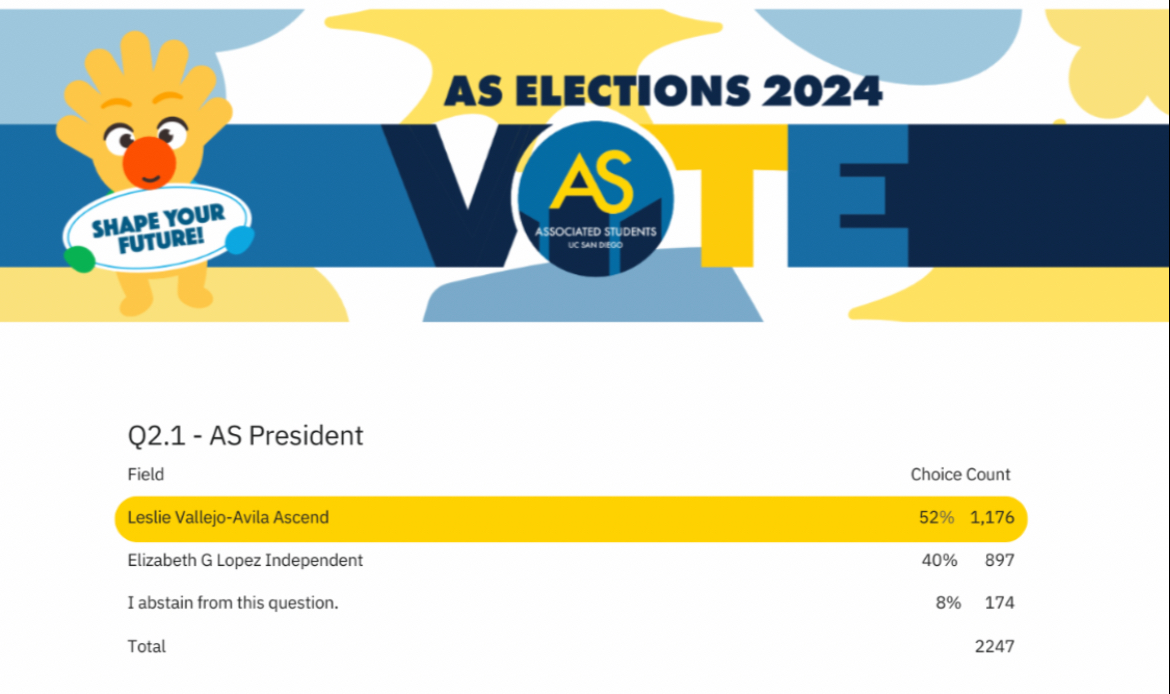The National Oceanographic and Atmospheric Administration is teaming up with UCSD to create a comprehensive guide to cliff stabilization methods.
Structural engineers at the Jacobs School of Engineering received a $125,000 Sea Grant from NOAA, which was matched by UCSD for a total of $250,000 to conduct a project titled “”Mitigation of Coastal Bluff Instability in San Diego County, California.””
UCSD undergraduates will work with engineers and graduate students at the Jacobs School on the project, which has significant local implications.
The study will examine how to best stabilize cliffs while keeping impact on the natural environment to a minimum, and determine the best way to slow and stop current cliff instability.
“”We are approaching a crisis in San Diego County,”” said Scott Ashford, project leader and professor of geotechnical engineering at the Jacobs School of Engineering, referring to the stability of coastal cliffs.
Ashford also noted that 80 percent of San Diego’s 80 miles of coastline are cliffs.
Destabilization of the cliffs and bluffs occurs due to factors such as waves, vegetation and human development.
Recent storms have shown that efforts to stop erosion from pulling human development into the ocean have come too late for an effective remedy.
“”It’s obvious that a major problem exists, but repairs are typically only approved in emergency situations because of concerns over damaging the bluffs or destroying the natural beauty of the coastline,”” Ashford said.
Ashford summarized the project by saying, “”Our major goal is to pinpoint the most efficient and effective ways to resolve this growing crisis, while maintaining the environmental integrity of the landscape.””
The project is divided into three phases.
The first phase consists of analyzing aerial photos of San Diego’s cliffs. Photos of past and present will be digitized in order to establish the success of existing mitigation methods.
Phase two involves computer modeling and numerical analysis to apply the effects of various mitigation efforts onto different types of slopes.
In the final phase, Ashford’s team will publish its findings in a slope stabilization manual, which will be posted on the Internet. The manual will show the cost effectiveness of the various solutions as well as the environmental impact.
It will serve as a guide for the numerous coastal regulatory agencies and property owners.
With the information from the project, government agencies and property owners will have enough information to take preventive measures before any major destabilization occurs.
With the support from the cities of Encinitas, Del Mar, Solana Beach and San Diego along with the San Diego Super Computer Center and the California Coastal Commission, Ashford expects the project to be a success.







